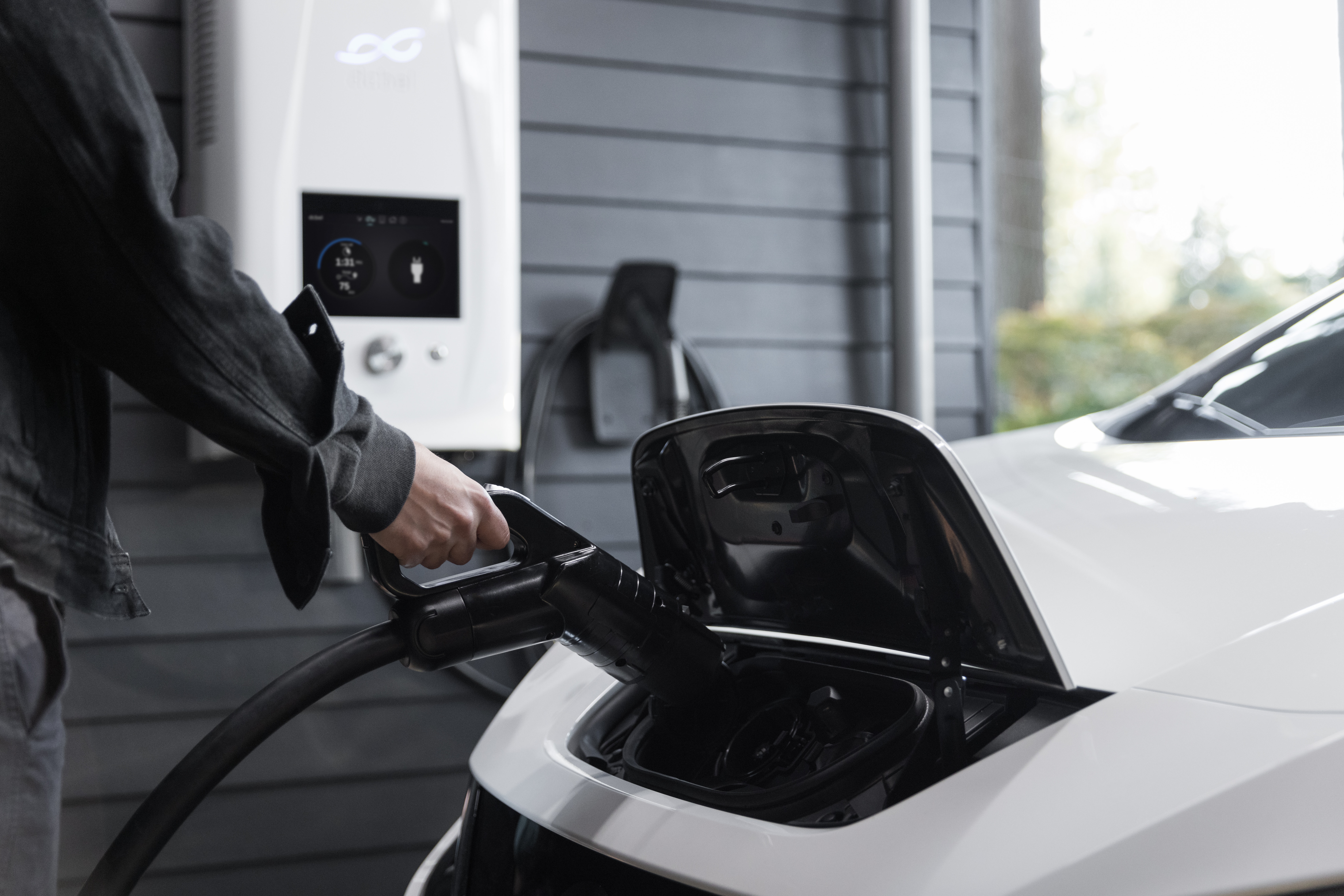Electric vehicles (EVs) have become increasingly popular in recent years as people have become more aware of the need to reduce carbon emissions and environmental pollution. One of the biggest concerns people have with EVs is their range and the availability of charging stations. EV charging stations are crucial for making EVs a more viable transportation option for people. There are different types of EV charging stations, and two of the most common are Level 2 and Level 3 charging stations. In this article, we will explore the differences between Level 2 and Level 3 charging stations and which one works best for you.
Level 2 Charging Stations
Level 2 charging stations use a 240-volt outlet and can fully charge an EV in 4-8 hours. These charging stations are commonly found in public areas such as parking lots, shopping malls, and hotels. They are also often installed in homes or workplaces where an EV can be parked for an extended period.
Level 2 charging stations are ideal for people who use their EV for local driving and have access to a charging station at home or work. If you charge your EV overnight, a Level 2 charging station can fully charge your car by the morning, making it ready for daily use. For workplaces, Level 2 charging stations can provide employees with a convenient way to charge their EV while they work.
Level 2 charging stations are also more affordable and easier to install compared to Level 3 charging stations. They require a standard 240-volt outlet, which is commonly found in most households and businesses. This means that installing a Level 2 charging station is relatively simple, and the cost is lower compared to Level 3 charging stations.
Level 3 Charging Stations
Level 3 charging stations, also known as DC fast chargers, are the most powerful charging stations available. They use direct current (DC) to rapidly charge an EV’s battery, allowing drivers to get back on the road in a shorter amount of time. Level 3 charging stations can charge an EV up to 80% in 30 minutes or less, making them ideal for long-distance travel.
Level 3 charging stations are commonly found along highways or major transportation routes, where drivers can quickly charge their EV and continue their journey. They are less commonly found in urban areas or neighborhoods due to their higher cost and the need for more complex infrastructure. This can make it more difficult for people who rely on EVs for their daily commute to access Level 3 charging stations.
Which One Works Best For You?
The type of charging station that works best for you depends on your personal driving habits and needs. If you primarily use your EV for local driving, such as commuting to work or running errands, a Level 2 charging station may be the best option. A Level 2 charging station can fully charge your EV overnight, allowing you to start your day with a full battery. It’s also a more affordable and easier-to-install option compared to Level 3 charging stations.
If you plan to take long-distance trips or travel frequently, a Level 3 charging station may be the better option. Level 3 charging stations can quickly charge your EV, allowing you to continue your journey with minimal downtime. They are ideal for people who travel long distances and need to recharge their EVs quickly.
Another factor to consider when deciding between Level 2 and Level 3 charging stations is the availability of charging stations in your area. Level 2 charging stations are more common and can be found in many public areas, making them more accessible for people who rely on EVs for their daily commute. Level 3 charging stations are less common and are mostly found along highways and major transportation routes. This can make it more difficult for people who live in urban areas or remote locations to access Level 3 charging stations.
